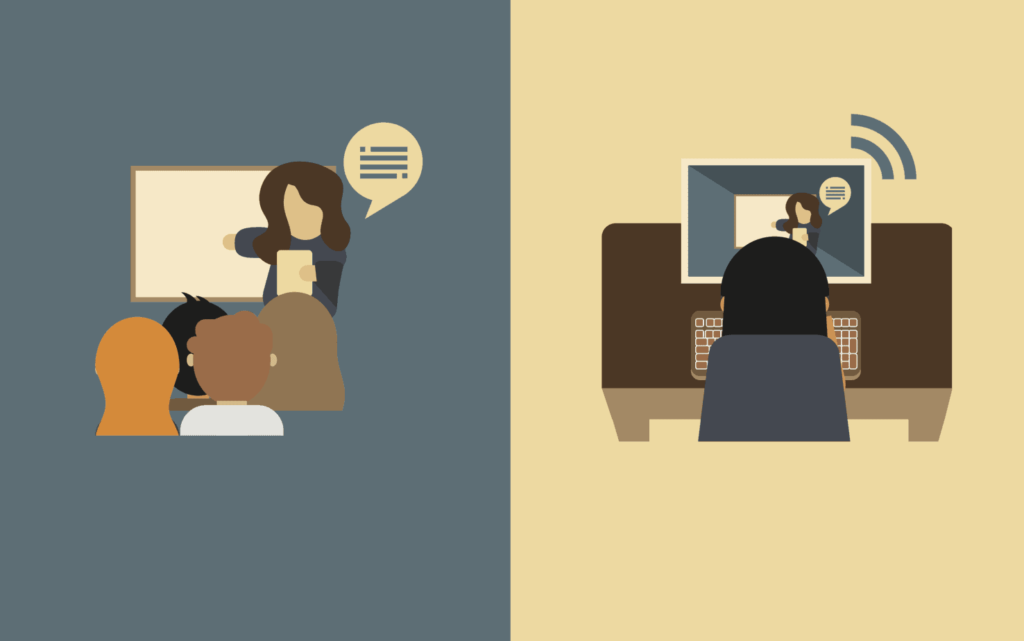Alternatives to traditional schooling have gained prominence in recent years, offering innovative approaches to education that cater to diverse learning styles and individual needs.
These alternatives aim to break away from the conventional classroom model and provide students with more flexible and personalized learning experiences.
Homeschooling: Homeschooling allows parents or guardians to take full responsibility for their child’s education. It offers a highly personalized curriculum, allowing students to learn at their own pace and explore their interests. Homeschooling also provides opportunities for more experiential learning and one-on-one instruction.

Montessori Education: The Montessori method focuses on self-directed learning, where students choose their activities also work at their own pace. It emphasizes hands-on learning, and collaborative projects, and encourages independence, critical thinking, and creativity.
Online Learning: The digital age has ushered in a new era of education through online platforms. Virtual schools also e-learning provide flexible schedules and diverse subjects, easing the balance between studies and other commitments for students.
Unschooling: Unschooling is a learner-driven approach that allows children to explore their passions and interests. Instead of a structured curriculum, unschoolers learn through life experiences, fostering curiosity and intrinsic motivation.
Charter Schools: Charter schools are publicly funded but operate independently, often with a unique educational philosophy or curriculum focus. They provide diverse education options, enabling parents to choose a school that aligns with their child’s needs and interests.
Cooperative Education: Cooperative or co-op schools involve parents, students, also teachers working together to create a unique learning environment. These schools often emphasize community, individualized learning, and shared responsibility.
Forest Schools: Forest schools take learning outdoors, allowing children to connect with nature while engaging in hands-on, experiential education. This approach fosters environmental awareness and physical activity.
Art-Based Schools: Schools with a strong focus on arts, like music, dance, or visual arts, provide an alternative for students with creative talents and a passion for artistic expression.
Trade and Vocational Schools: These institutions offer specialized training in various trades and vocations, preparing students for specific careers such as electricians, plumbers, or automotive technicians.
Dual Enrollment Programs let high school students earn college credits. Offering an early start on higher education also exploration of advanced subjects.
Conclusion
Alternative education methods cater to diverse learning styles and goals, providing a flexible educational landscape.
Empowering students for creative, critical thinking, and deeper engagement in their education.
As education evolves, these alternatives challenge the traditional schooling model, providing new opportunities for students to thrive. 온라인카지노사이트
